Letters of the 32nd Regiment (1st German) and Documents about 32nd Regiment
Introduction
Text-to-speech Audio
The Indiana Historical Society houses a collection of letters written by members of the 1st German regiment. These letters are written in German and talk about camp life. The advantage of having the letters in German was it was much more difficult to spy on their contents. Similar to the Navajo Wind-talkers of World War II, the German soldiers could openly discuss details with less fear of having their communications intercepted and used maliciously. In addition to the letters, there is a group of reports about the roster of soldiers serving in the regiment and the casualties that occurred both on the battlefield and at camp.
Images
Letter from Henry Seyffert to Home 1861
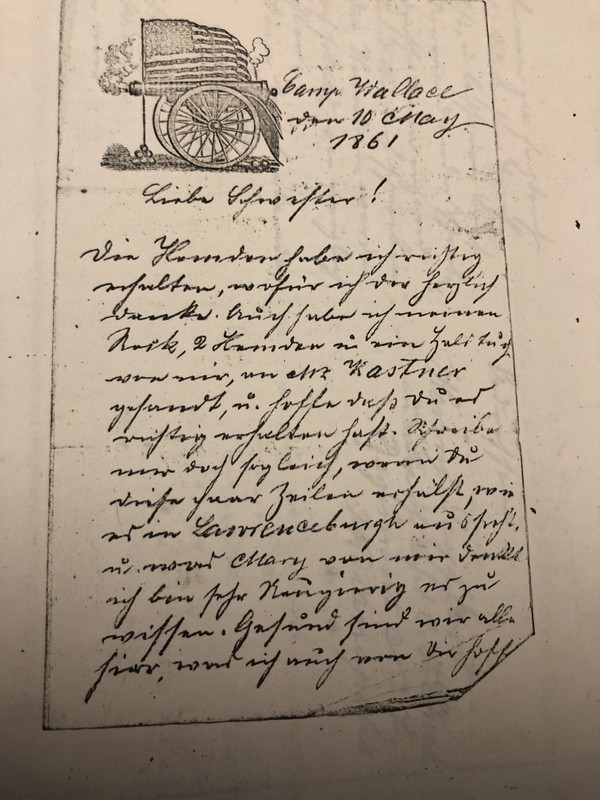
Roster of 32nd Indiana with names, ranks and date mustered out 1864
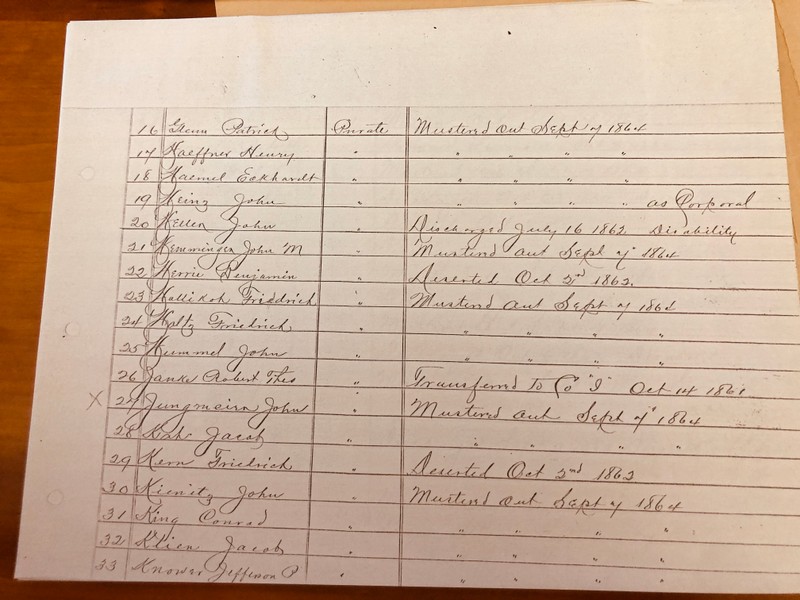
The atrium of the Indiana Historical Society Library
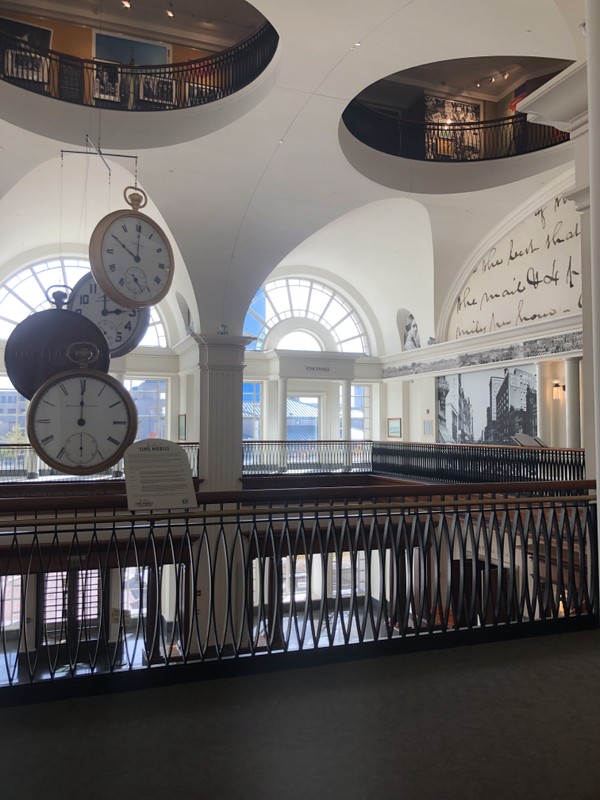
Folder with photocopies of letters in German from Henry Seyffert
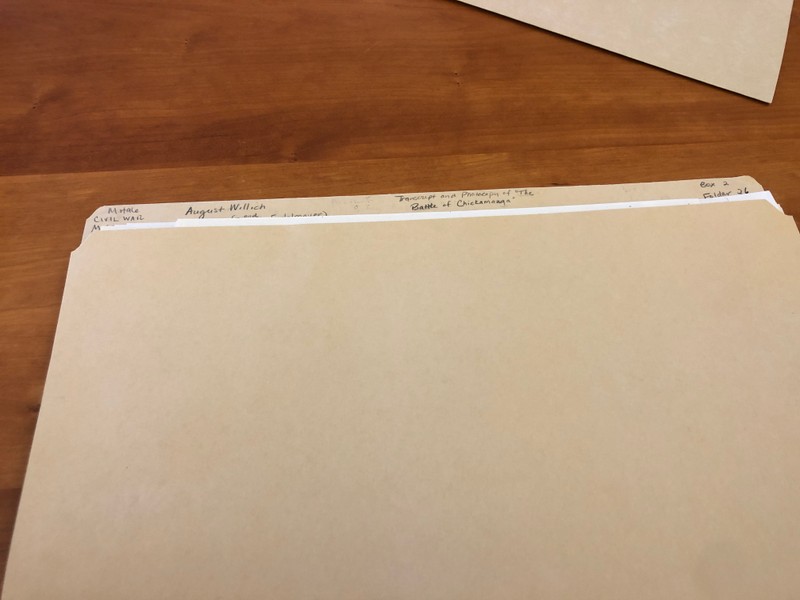
Logging the documents viewed during the visit
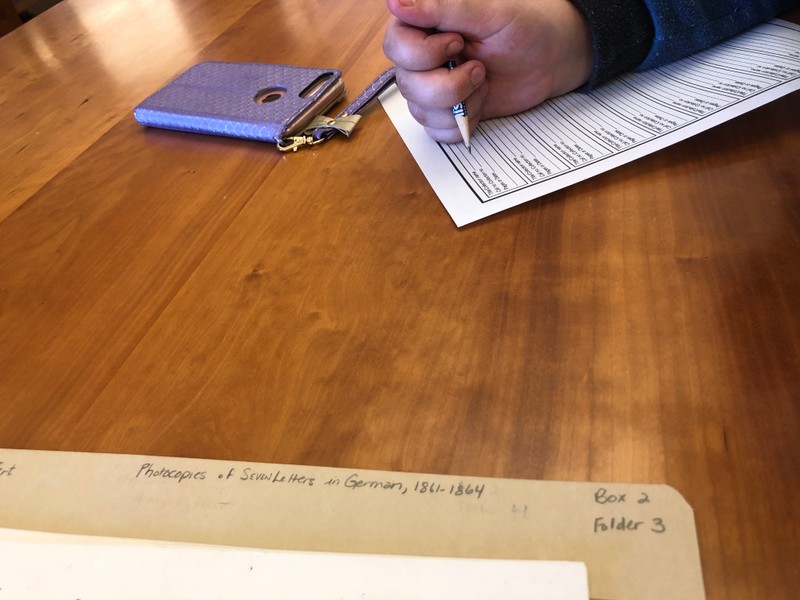
Signing for the documents in the reading room of Indiana Historical Society.
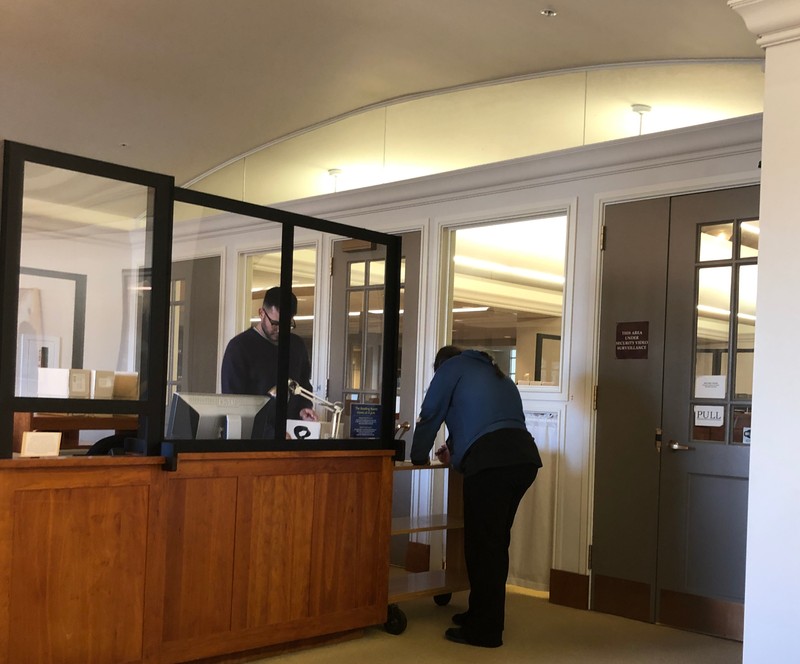
Using the lockers at the Indiana Historical Society before being allowed to examine materials. No bags allowed.
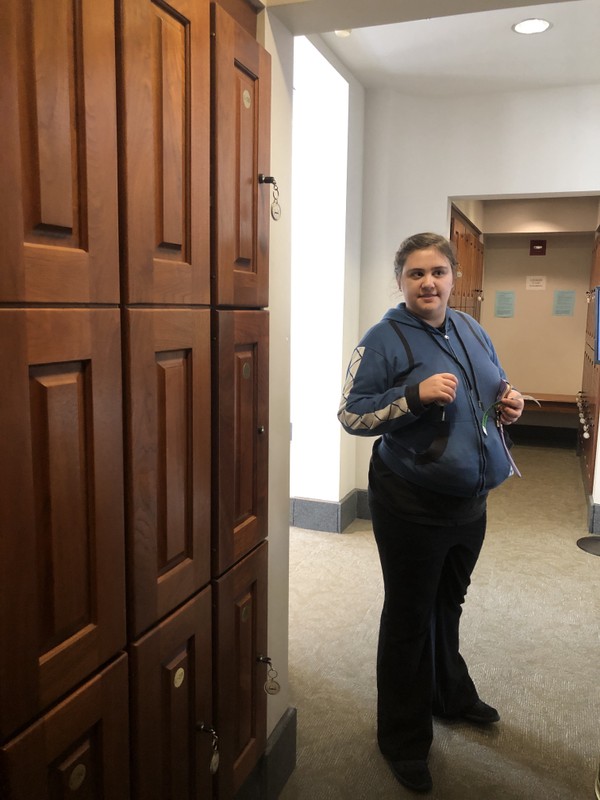
Backstory and Context
Text-to-speech Audio
The letters are all written by one officer, Henry Seyffert. In his letters, he talks about what he's been experiencing on the front lines as well as inquiring home about what his family and friends were doing for Christmas in one letter. The original letters are no longer available for examination as is archiving protocol for older paper artifacts. The public may look at photocopy versions of the letters.
The letters are not the only documentation from the 32nd Indiana that can be seen. This is also the location where the book of pictures of Captain Adolph Metzner drew during the Civil war depicting the various scenes of camp life he was witness to. These sketches were created on a variety of canvases owing to the fact that Metzner did not always have access to paper for his creations and had to depict his drawings on whatever was available (such as cardboard). Metzner had some training in the pharmaceutical field which provided him with the knowledge of how to produce distinct tints for his drawings from the natural sources around him such as berries and bark. After the Battle of Stones River, he was assigned to the position of topographical engineer with the 2nd Divison, Army of the Cumberland where artists' material was more readily available for drawing during his idle hours.
Sources
Peake, Michael A. Blood Shed in This War: Civil War Illustrations by Captain Adolph Metzner, 32nd Indiana. Indianapolis, Indiana: Indiana Historical Society Press, 2010.
Photographed by Monica Martin at the Indiana Historical Society
Photographed by Monica Martin at the Indiana Historical Society
Photographed by Monica Martin
Photographed by Monica Martin at the Indiana Historical Society
Photographed by Monica Martin at the Indiana Historical Society
Photographed by A-M Horcher
Photographed by A-M Horcher
